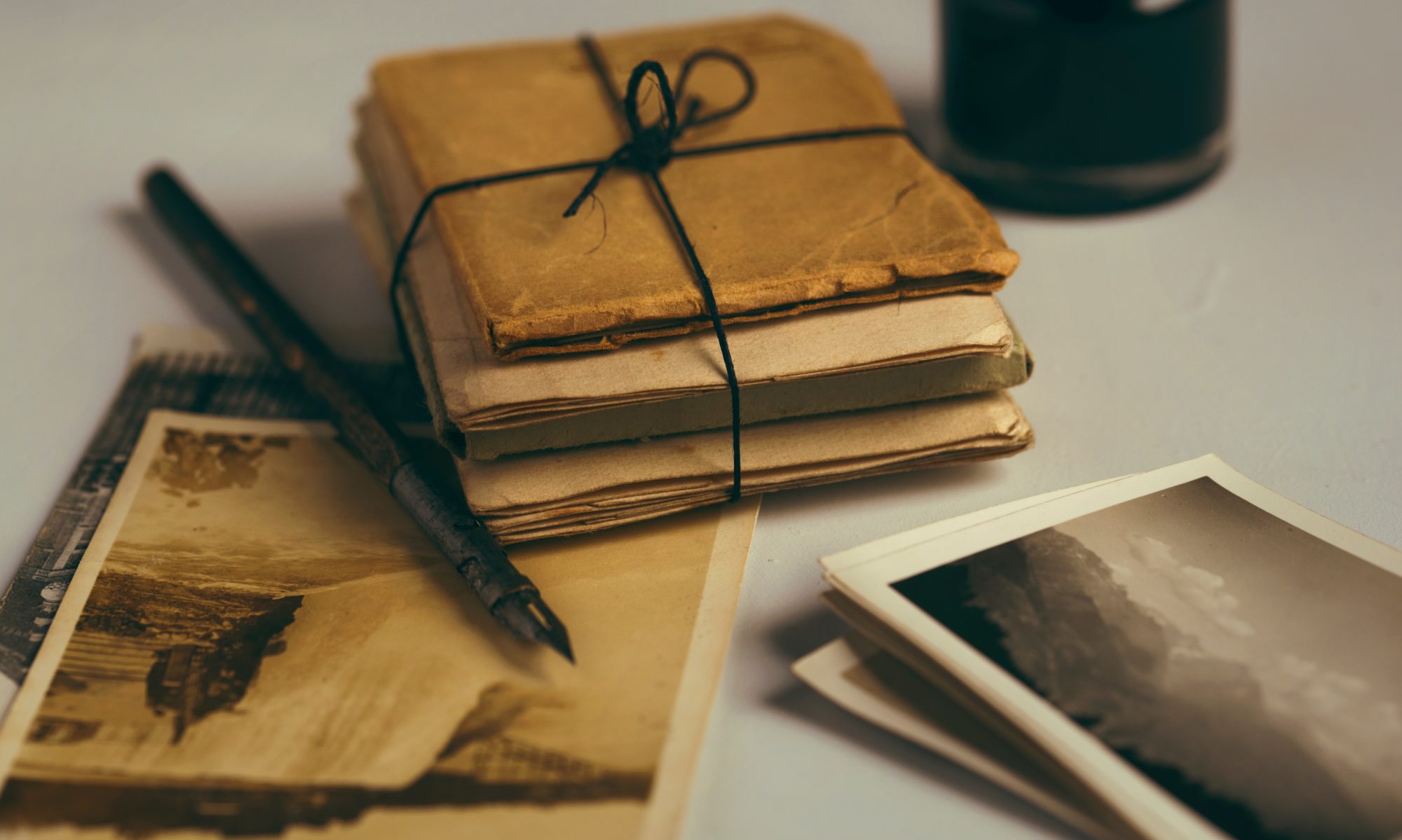
This week, I have been lucky enough to be cruising the Mediterranean! However, it has not been all about sitting by the pool with umbrella-decorated drinks. In fact, I am yet to do that, the schedule is packed! Yes, it’s another genealogy conference. No, really.
Genealogy cruises
Unlock The Past have been running genealogy cruises for several years now to various destinations and following different themes. This is the first time I have managed to take part. This cruise is around the Mediterranean for 14 days. The topics are quite varied, but the themes are broadly research in the British Isles and Europe, DNA and writing. All of these are very relevant to my research, so I have been looking forward to this conference hugely!
So how do genealogy cruises work?
The days you are at sea (including the evening of departure), lectures are held all day. We all dine together at the same time then return to lectures. This is no junket! It is concentrated doses of amazing information and discussion.
No lectures are held while the ship is docked in port – at those times we are free to explore and we emerge, blinking, into the sunshine! This is actually very helpful, I’m sure it gives our brains time to digest the previous presentations in the background as we walk the streets of the city we are in. We return to the ship, have dinner and back to lectures afterwards.
Week 1 highlights
We have had lots of fascinating presentations so far from some great speakers, and I’ve decided to give an overall summary next week of what was covered, especially since some of them are part of a series as yet not completed. But mostly because…drumroll…there has been some breaking news I’d like to share while it is hot off the press! This news had a roomful of genealogists at the end of a long day of lectures oohing and aahing in excitement. We were packing up to go to dinner when one of our speakers, Michelle Patient, rushed into the room after a teleconference with Ancestry to tell us about some new developments.
What is Ancestry up to?
Firstly, the search page will now contain the ‘What’s New’ section in the top right corner to make new additions and updates to record sets more visible and transparent.

Secondly, search results will be able to be filtered by date and place to make it easier to find the right ones amongst the huge numbers of results generated. This is in beta, so will only apply initially to births, marriages and deaths.


Thirdly, the positively clunky mobile app is getting a long overdue makeover to make it, well, useable! I think I actually squealed at this announcement!

And last but not least, there will be further tweaks to Thrulines. You will now be able to see if new matches have been added – ‘updated’ will appear in the top right corner of the ancestor tile. If a new Thruline is generated for an ancestor, ‘new’ will appear in the top right corner. You will also be able to see how many Thrulines an ancestor has by hovering over their tile.

These changes will be rolled out during October, so look out for them. I think they will definitely improve our user experience. These changes have come from feedback provided to Ancestry, who have been actively working with genealogists around the world to make the site more user friendly. Kudos to them for this, I think these improvements are a very positive step in the right direction!












